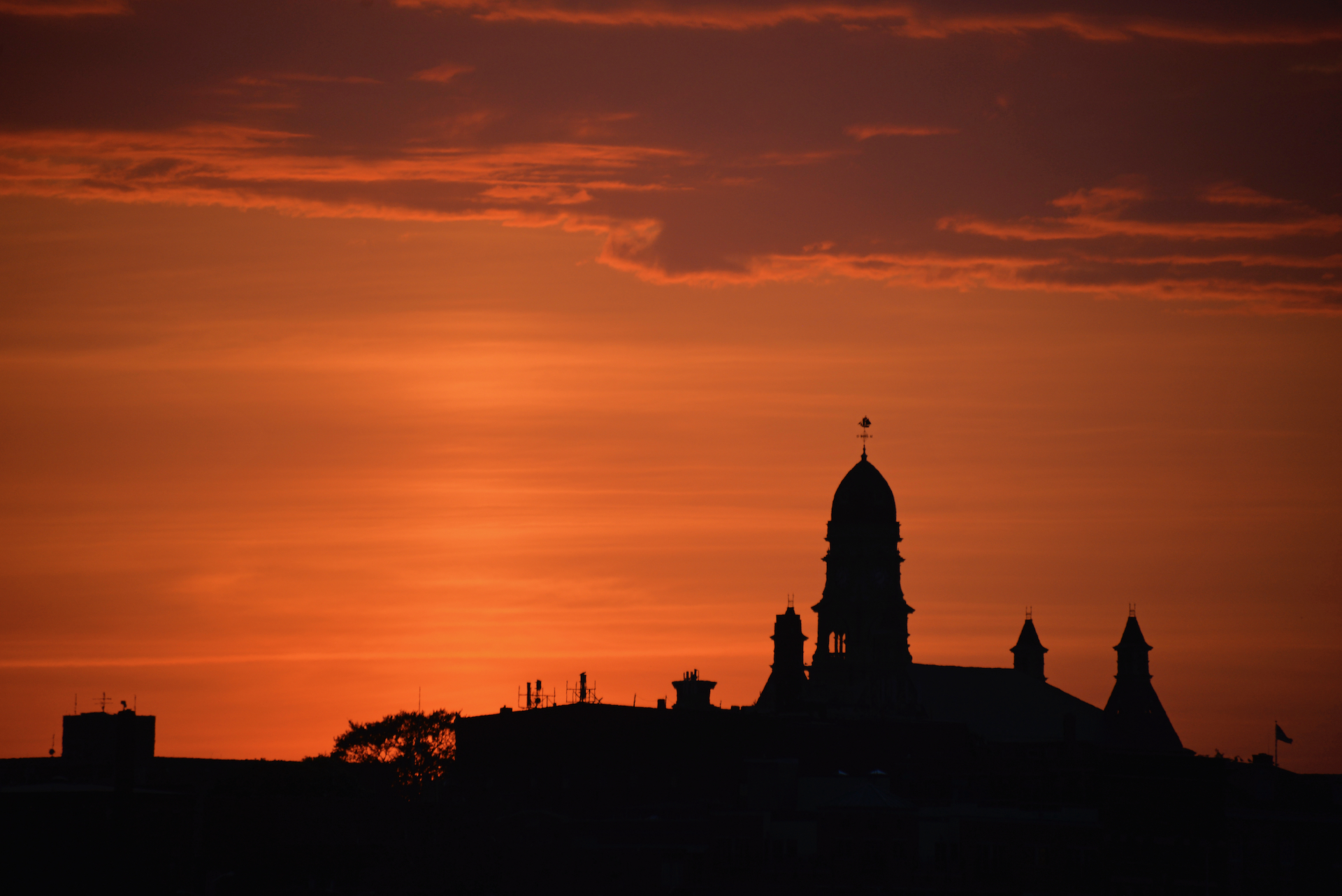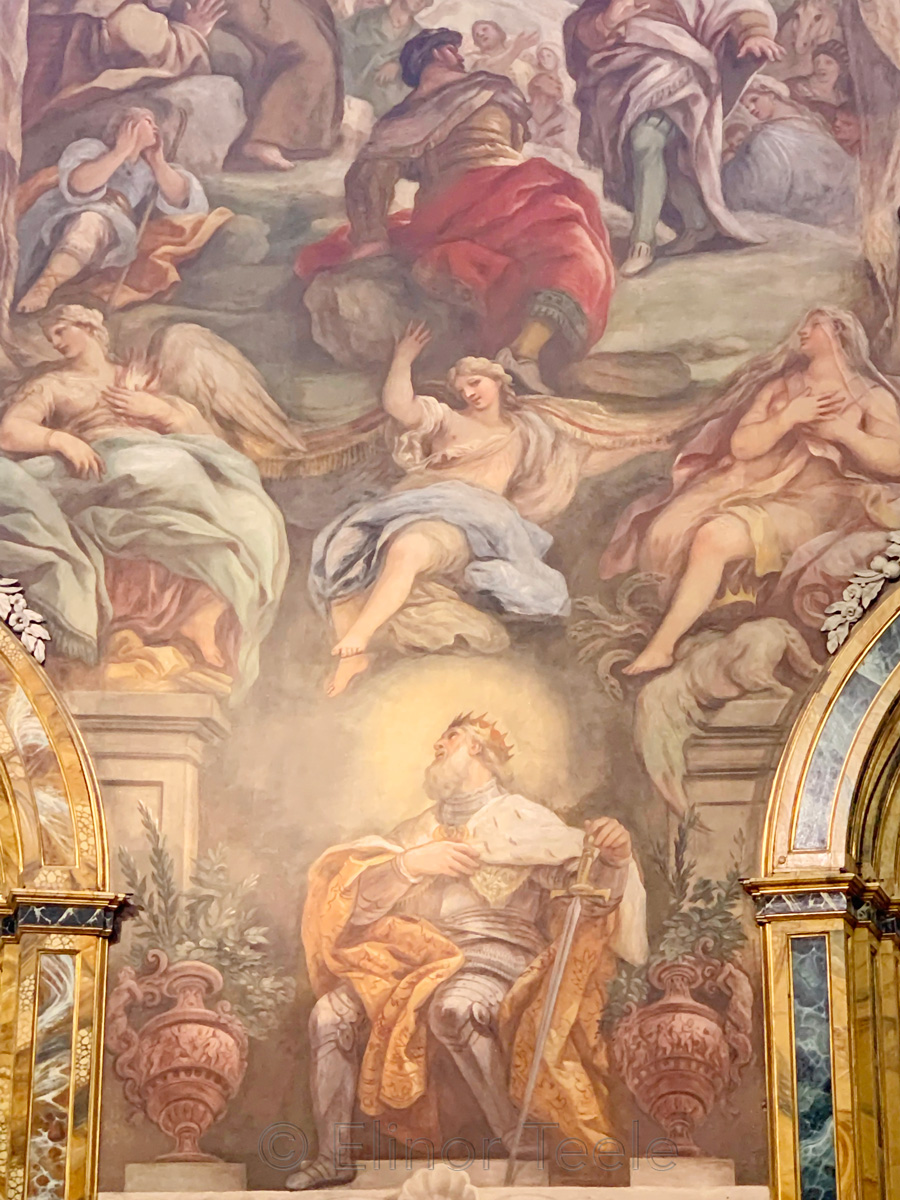Most of the wall frescoes in the Iglesia de San Antonio de los Alemanes are by Luca Giordano. This marvel of the 17th century trained under Spain’s famous son, José de Ribera, and spent his years flitting around Naples, Rome, Florence, Venice, and Spain.
During his life, he gained a number of wonderful nicknames, including “Thunderbolt” and “Proteus.” He was so good at mimicking other painters that he could fake Rubens with ease.
But his best moniker may be Luca fa presto (“Luca does it quickly”). There are plenty of stories about his exploits in the Spanish court in Anecdotes of Painters, Engravers, Sculptors, and Architects. He was in Madrid from A.D. 1692-1702.
“One day, the Queen [of Spain] questioned him curiously about the personal appearance of his wife, who she had learned was very beautiful. Giordano dashed off the portrait of his Cara Sposa and cut short her interrogation by saying, “Here, Madame, is your Majesty’s most humble servant herself.”
Apparently, he also delighted the Queen’s husband, King Charles II (“The Bewitched”), by painting with his fingers and thumb. Giordano created a more conventional portrait of Charles II, which is now in the Prado. You can see the effects of Habsburg inbreeding even there.
Charles II’s mother, Mariana of Austria, was a big fan of Giordano, which may explain why he was given the task of enlivening her re-dedicated church.

